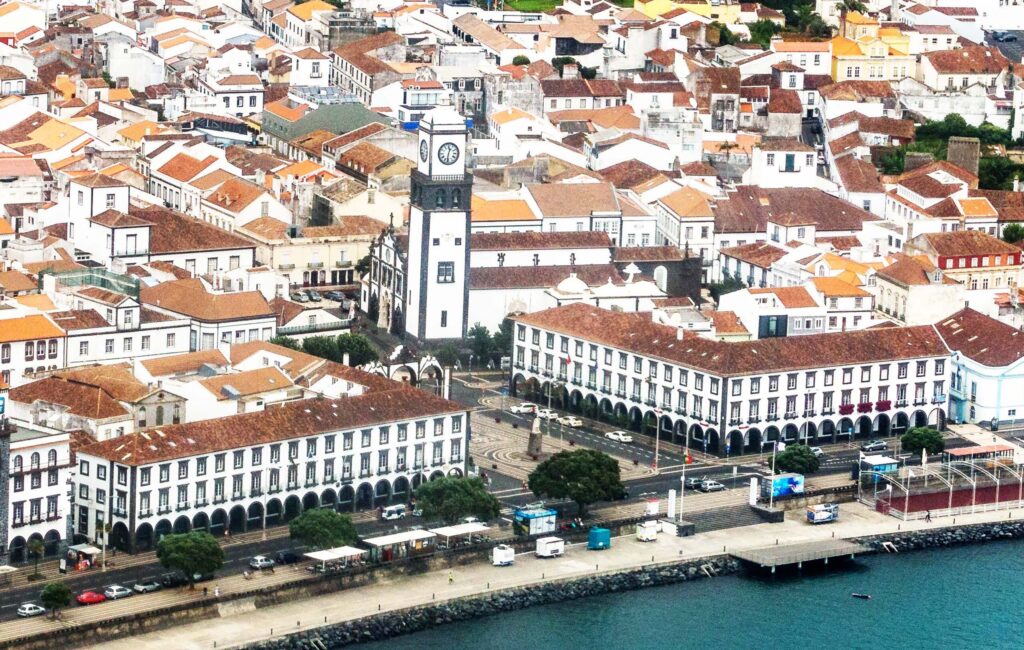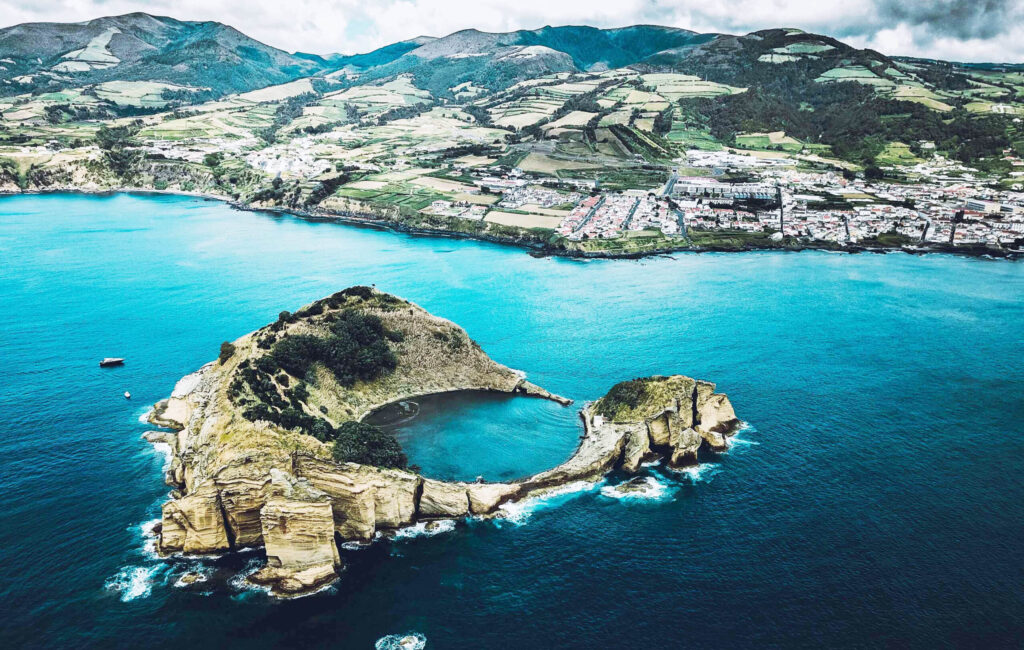The Azores Islands: Where Every Wave Shows a Tale of Adventure!
Nestled in the heart of the Atlantic Ocean, the Azores Islands offer a breathtaking escape from the hustle and bustle of daily life. They are located in the Atlantic Ocean and are approximately 1,500 km (932 miles) west of mainland Portugal. This archipelago composed of nine volcanic islands. All nine of the Azorean islands are open to travelers and can be visited.
Some of the smaller islands may have limited tourist infrastructure, so it is best to plan ahead and research each island before visiting. The most popular islands for tourism are São Miguel, Terceira, Pico, Faial, and Flores.
The currency used in the Azores is the Euro (EUR), and the official language of the Azores is Portuguese.
Azores Islands things to do list:

- Visit the Furnas Valley: A geothermal area with hot springs, mud pools, and fumaroles. It is a unique and stunning natural wonder.
- Explore the Azorean Whaling Museum: In Lajes do Pico, which showcases the history of whaling in the Azores.
- Hike to the top of Pico Mountain: The highest peak in Portugal and an active volcano. The views from the summit are breathtaking.
- Visit the Capelinhos Volcano Museum: On the island of Faial, which showcases the history and impact of the volcanic eruption that took place in the late 1950s.
- Take a whale watching tour: Observe the diverse species of whales and dolphins that inhabit the Azores.
- Walk through the picturesque streets of Ponta Delgada: The largest city in the Azores, it’s perfect for a stroll to admire the colonial architecture.
- Visit the Azores Botanical Garden: A nature reserve with a wide variety of endemic flora and fauna.
- Explore the Gruta do Carvão: A lava tunnel located on the island of Terceira. It is a unique geological formation that provides a fascinating glimpse into the inner workings of a volcanic system.
Did you know?
The last eruption in the Azores took place on the island of Pico in the 1720s. Since then, the volcanic activity in the Azores has been mostly dormant, although there have been occasional seismic events and fumarolic activity. The Azores continue to be monitored by volcanic and seismic experts to ensure the safety of residents and visitors.
A little history:
The Azore Islands also known as, The Azores have roots dating back to the 1400s. Originally discovered by Portuguese navigators, the islands were used as a strategic stopping point for trade routes between Europe, Africa, and the Americas. In the following centuries, the Azores became a hub for whaling and agriculture, and played a significant role in both World Wars.
The Azore Islands have a long history of volcanic activity, with the oldest rocks dating back over eight million years. The most recent volcanic eruption in the Azores occurred on the island of Pico in 1718, but there have been many smaller eruptions and seismic events in the intervening years.

The volcanic activity in the Azore Islands is related to the movement of the tectonic plates that make up the Earth’s crust. The North American Plate is moving away from the Eurasian Plate at a rate of about 2.5 centimeters per year, and as it does so, it creates tension in the Earth’s crust.
This tension can lead to the formation of fissures and faults, which allow magma from the Earth’s mantle to rise to the surface.
There are several active volcanoes, including Pico, Faial, and Sao Jorge. These volcanoes are monitored by the Azores Volcano Observatory, which uses a variety of techniques to detect changes in volcanic activity. These techniques include seismic monitoring, GPS measurements, and the analysis of gas emissions.
The volcanic activity is closely monitored, and there is a well-developed system in place to alert local authorities and the public in the event of a significant eruption or seismic event.

Despite the potential risks associated with living in a volcanic region, the Azore Islands are home to a thriving population of around 250,000 people, and the islands are a popular tourist destination known for their natural beauty and unique geological features.
There are special cruises that visit all or most of the Azorean islands. These cruises typically take several days and offer a unique way to explore the diverse landscapes, culture, and history of the Azores.
They often include stops at several of the larger Azore islands, as well as smaller, less-visited islands, providing travelers with a comprehensive experience of the archipelago. The availability and frequency of these cruises can vary, so it is best to check with cruise operators for current offerings.



